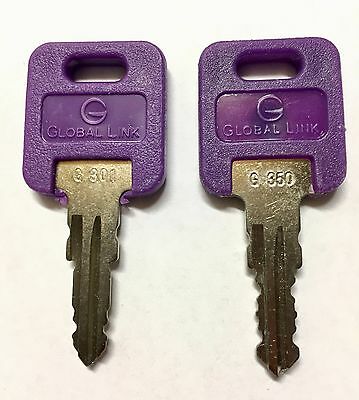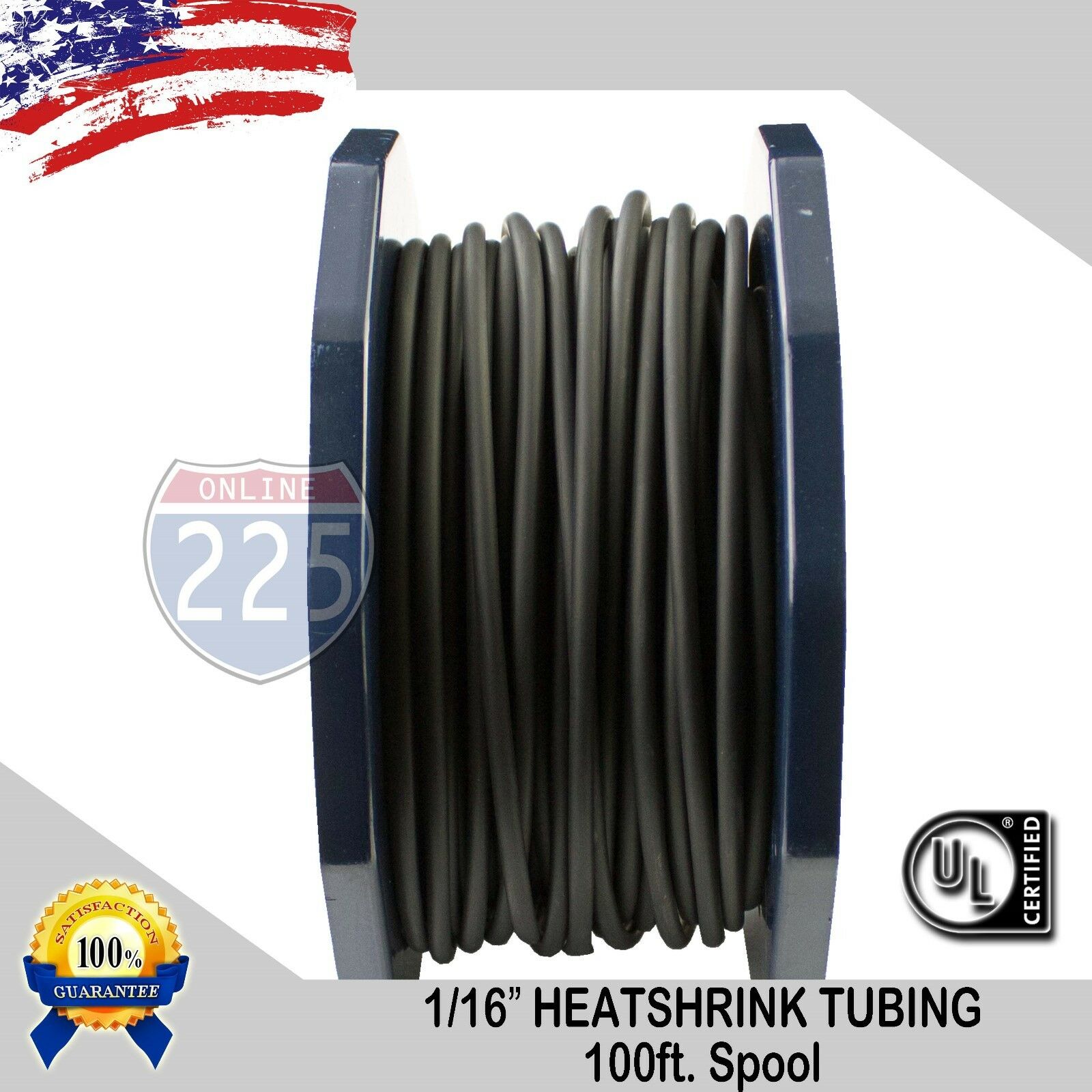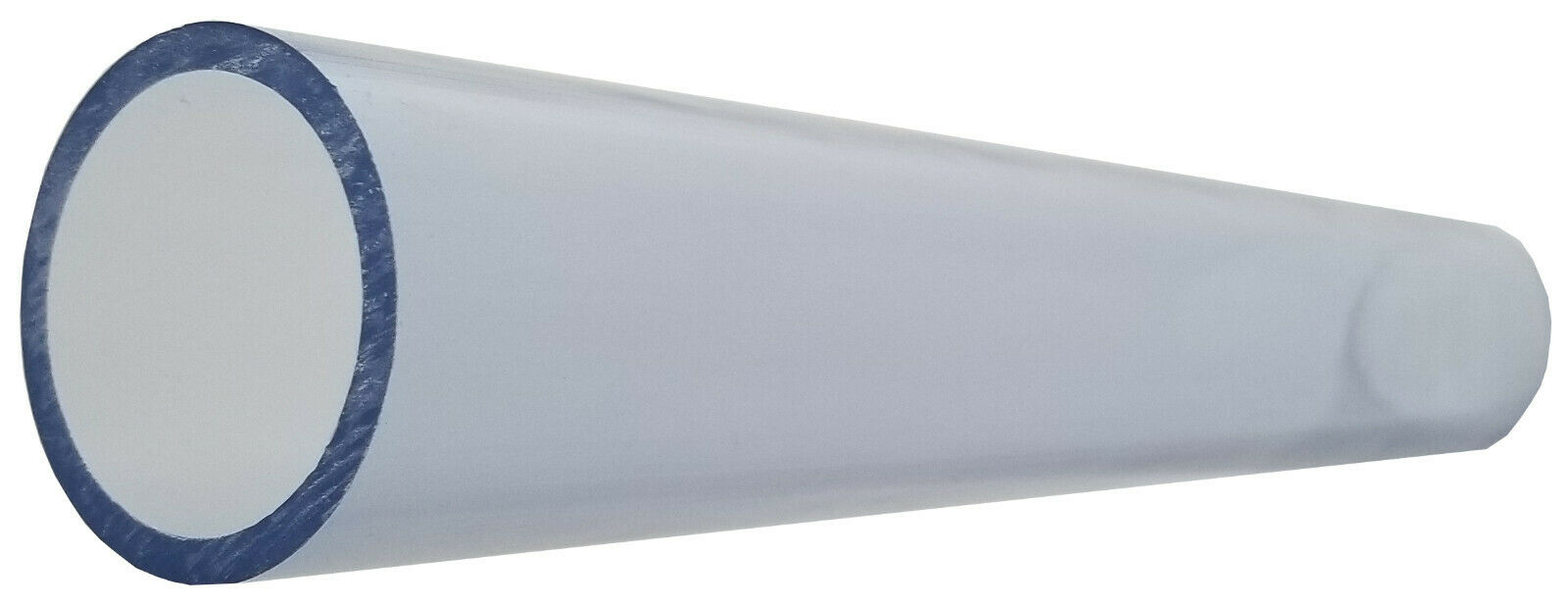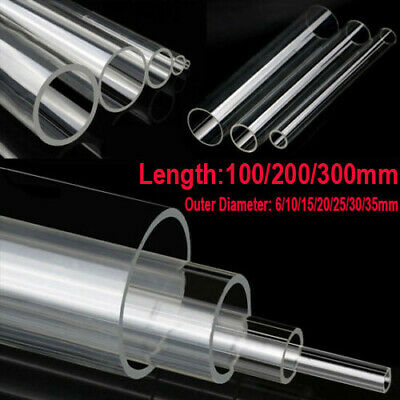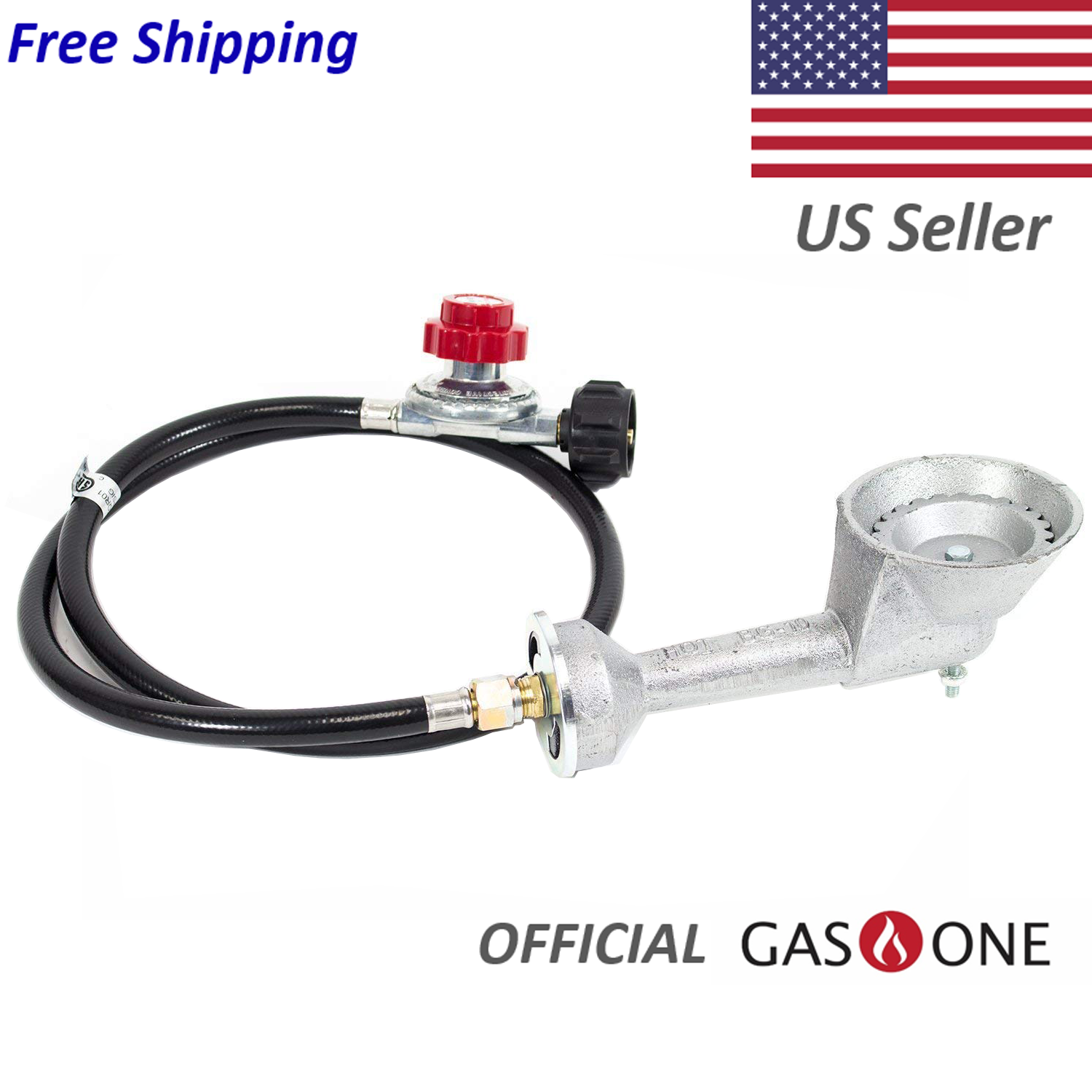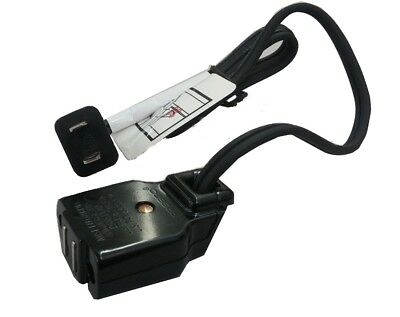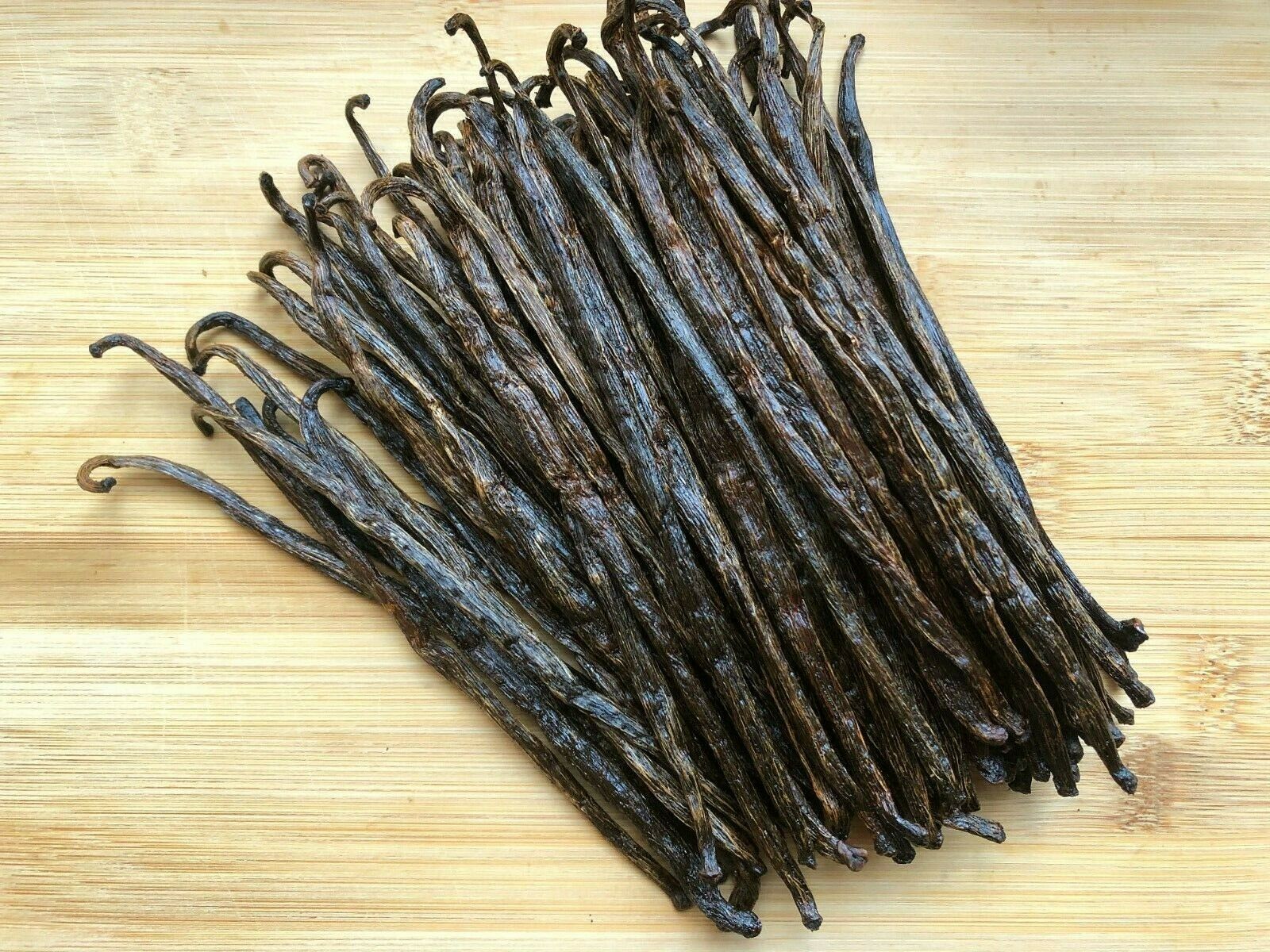-40%
RAFFLES PITCHER PLANT Nepenthes Rafflesiana 5 Seeds
$ 5.27
- Description
- Size Guide
Description
Raffles' Pitcher PlantNepenthes Truncata
Nepenthes rafflesiana produces two distinct types of pitchers (heavily modified leaves), which are used to capture and kill insect prey for nutrients. The lower pitchers are generally round, squat possess well-developed fringed wings. The upper pitchers are more narrow at their base, are funnel-shaped and often bear a distinctive raised section at the front of the peristome. The species is widely variable and comes in a variety of shapes and colors – most contain varying amounts of green, white, and maroon streaks. These terrestrial traps rarely exceed 20 cm in height, although the giant form of N. rafflesiana is known produce pitchers up to 35 cm long and 15 cm wide. Both types of pitchers have a characteristically elongated peristome neck that may be 3 cm or more in length.
Nepenthes rafflesiana is a scrambling vine. The stem may climb to a height of 15 m and is up to 10 mm thick. Internodes are up to 20 cm long. Tendrils may be over 110 cm long. It has a very wide distribution covering Borneo, Sumatra, Peninsular Malaysia, and Singapore. Nepenthes rafflesiana is extremely variable, with numerous forms and varieties described. The giant form of this species produces enormous pitchers rivalling those of N. rajah in size.
Nepenthes rafflesiana generally occurs in open, sandy, wet areas. It has been recorded from kerangas forest, secondary formations, margins of peat swamp forest, heath forest, and seaside cliffs. It grows at elevations ranging from sea-level to 1200 m or even 1500 m.
Pitcher colouration varies greatly from dark purple to almost completely white. The typical form of N. rafflesiana is light green throughout with heavy purple blotches on the lower pitchers and cream-coloured aerial pitchers.
The inflorescence is a raceme and grows between 16 and 70 cm tall. The red or purple flowers usually occur singly, or sometimes in pairs, on each flower-stalk.
All Nepenthes are passive carnivores with no moving parts, unlike their distant cousins the Venus flytrap. Nepenthes rafflesiana kills by luring its prey into its pitchers, whose peristomes secrete a sweet-tasting nectar. Once the insect is inside, it quickly finds the walls of the pitcher too slippery to scale and drowns. Digestive enzymes released by the plant into the liquid break down the prey and release soluble nutrients, which are absorbed by the plant through the walls of the pitcher. The carnivorous nature of Nepenthes is supposedly a consequence of living in nutrient-poor soils; since the main method of nutrient absorption in most plants (the root) is insufficient in these soils, the plants have evolved other ways to gain nutrients. As a result, the roots of Nepenthes and most other carnivorous plants are slight and fragile; hence care must be taken when repotting. All Nepenthes are dioecious, meaning that each individual plant has only male or female characteristics.
Nepenthes rafflesiana is very popular in cultivation; it is a lowland Nepenthes (enjoying hot, humid conditions most of the time, as found in tropical jungle lowlands) but can be grown as an intermediate, with cooler nights and less humidity. It is a comparatively hardy Nepenthes that is commonly recommended as a "first plant" to new Nepenthes growers. The plant should be grown in shaded conditions, diffuse sunlight, or in a large grow chamber under artificial lights. Watering and misting should be performed frequently, and preferably with distilled water, to avoid mineral build-up that is not only unsightly but that may damage the delicate roots of Nepenthes (and most other carnivorous plants). Standing water is inadvisable. A wet, well-draining potting medium is a necessity. Methods of feeding are varied – some growers feed freeze-dried bloodworms or Koi pellets (both available in the fish section of most pet stores); others prefer orchid mixes. No carnivorous plant should ever be fed mammalian meat – this will result not only in an unpleasant smell but also the probable rotting of the pitcher and potential death of the plant. The digestive enzymes present have not evolved to handle large prey items, and the rotting material gives opportunistic bacteria and fungi a chance to take hold.
Germination
These seeds germinate best on dampened sphagnum moss. Soak the moss for 1 hour, then gently squeeze out excess water, but allow some moisture to remain (not dripping). Place the moss in a container, and sprinkle the seeds on top. Cover the container with plastic to retain moisture. Place the container in very bright light, and in a very warm location, ideally 32C, 90F. Once the small plants begin to grow, slowly open the plastic a little each day. Use rain water or bottled water (use a spritz bottle while plants are small) to regularly water plants, but do not leave them standing on water. Once plants are large enough to transplant, a growing mix consisting of equal parts peat moss, perlite, vermiculite and sphagnum moss (long fibre type) can be used. Seeds germinate anywhere from 1 month, to 12 months. Patience is needed, but they are worth the effort for this unique plant!
About These Seeds
These seeds are guaranteed to be true to variety! We have been in the seed business for many years, and our customers have come to rely on us as a reputable supplier. You can rest assured you will receive seeds that are true to what you ordered. Visit our store and see all of the unique seeds we offer!
Due to seed inventory shortages, and increased demand, shop early for best selection! Once sold out, we will no longer have seeds for this growing season. Orders are reserved when placed!
Ornamental use only. Do not eat any of our seeds, or the plants or parts that they produce! Due to the fact that about 80% of all plant species are not edible to humans and/or animals (contain toxins/poisons of some kind) these are likely to be poisonous.
Shipping
Combined flat-rate shipping, as many items as you would like, or multiples of the same item! The cart will combine shipping for you.
International shipping: All countries outside of Canada require a seed inspection and a phytosanitary certificate, which is included in the cost of shipping. For USA orders we use this paperwork to get your order over the border (you will not see the certificate as it is taken at the border). Outside of North America, you will see the certificate arrive with your order. Though these certificates are costly, our customers tell us that they appreciate the option to order from us.
During the check-out process, please be sure to check that your shipping address is up to date so that you will receive your seeds without delay.
Contact Us
Always, please feel free to contact us if you have any questions! Whether it's a question about seeds or plants, or a concern about your order. We always appreciate knowing about your experience. We pride ourselves on providing superior customer service, and quality seeds for your gardens!
Thank you for viewing our seeds!
"If you're not killing plants, you're not really stretching yourself as a gardener."
~ J. C. Raulston







